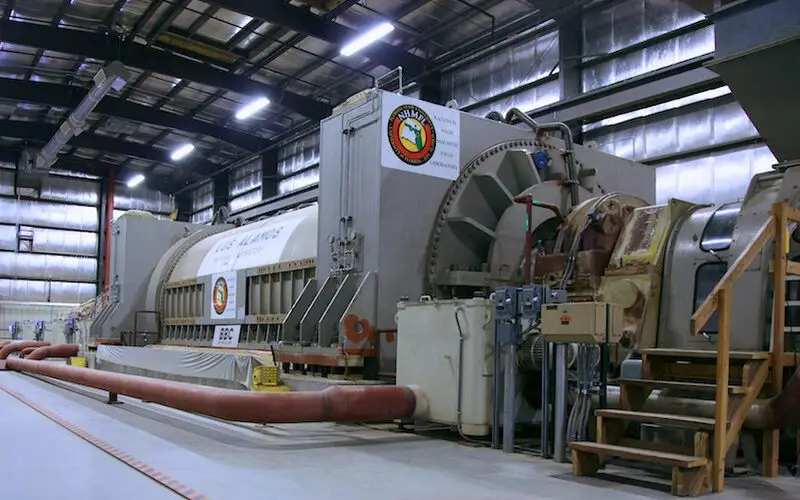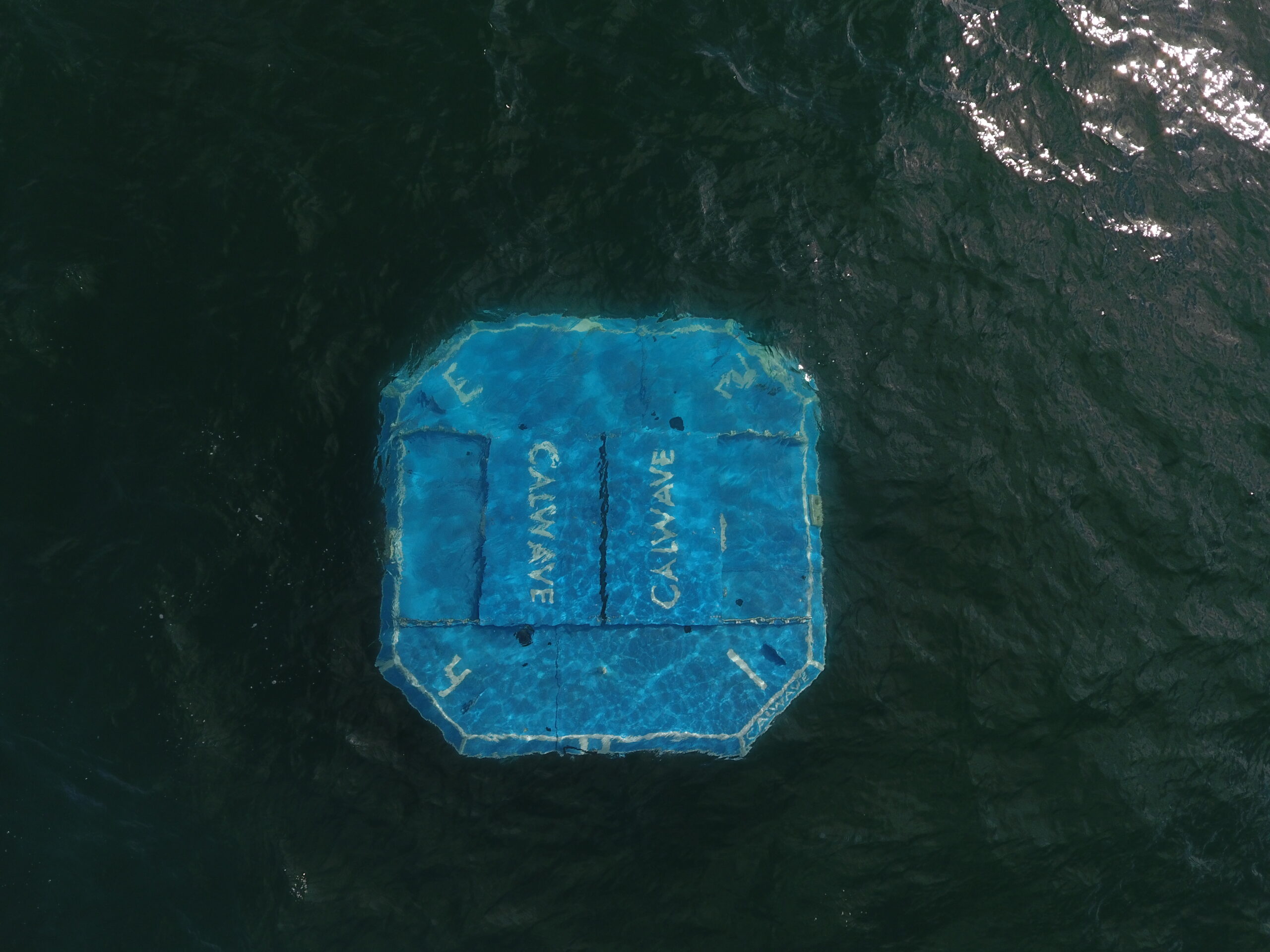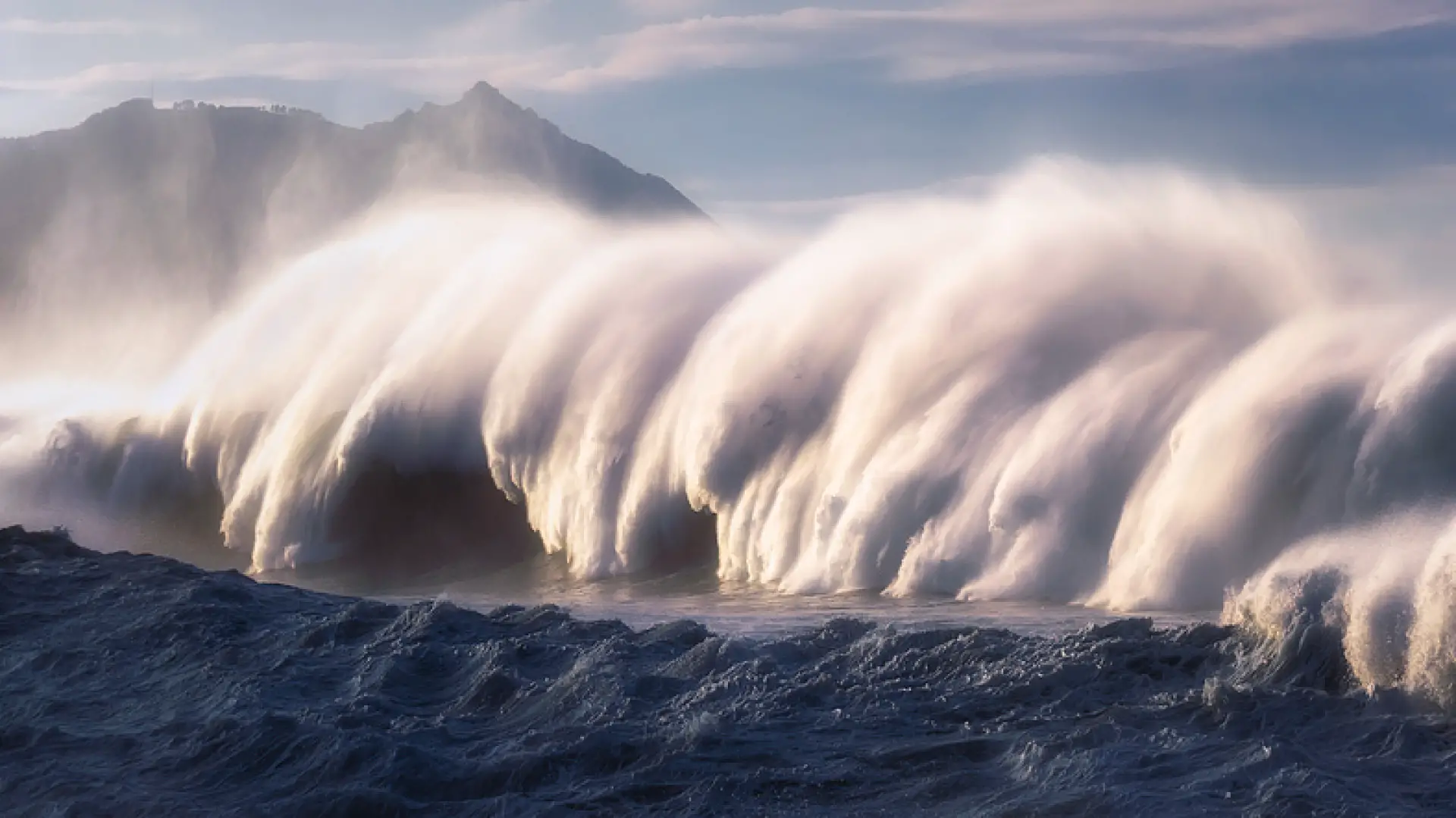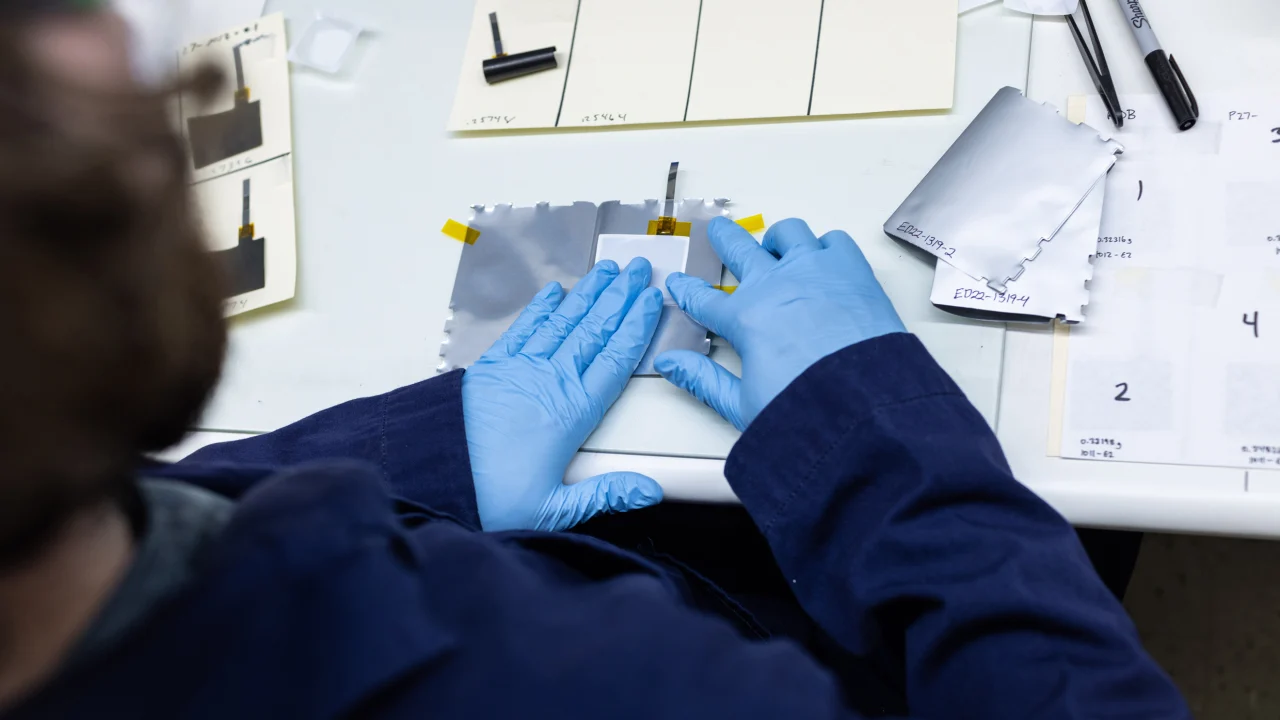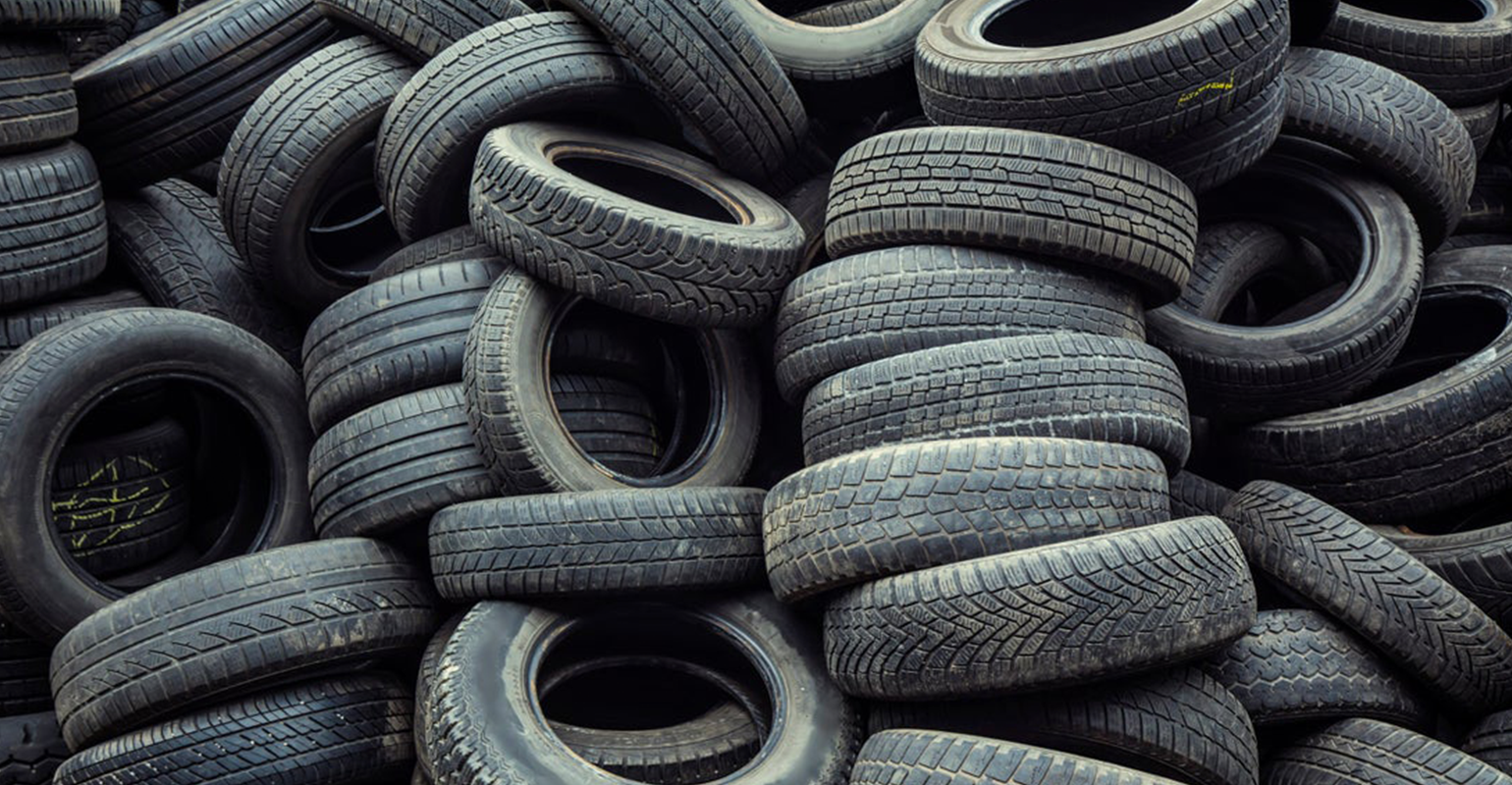Chinese researchers assert that they have used a superconducting device to create a continuous magnetic field at least a million times more potent than the one found on Earth, breaking the previous record.
According to the description, the hybrid magnet consists of superconducting material coils encased in a resistive insert. The magnet’s circular gap, or bore, which resembles a doughnut hole, has the greatest magnetic field, measuring 45.22 Tesla (T), slightly more powerful than the 45 T hybrid magnet discovered by the US National High Magnetic Field Laboratory (MagLab) in 1999.
The Chinese Academy of Sciences Hefei Institutes of Physical Science, which houses the device’s inventors, attributed the advancement to the magnet’s composition.
Magnets that Set World Records
We innovated the magnet’s structure and created new materials, according to Guangli Kuang, a professor and the academic head of the High Magnetic Field Laboratory at the Steady High Magnetic Field Facility (SHMFF) at the Hefei Institutes of Physical Science.
He continued, “The bitter discs’ production process was also optimized. Bitter discs, indeed.
The specifics of the experimental design and setup are vague. However, the lab did publish this graph showing the magnet’s magnetic field strength, which exceeded 45 T:
Gregory Boebinger, director of MagLab, stated to The Register: “Talented engineers and scientists at one of the top magnet laboratories in the world announced this significant accomplishment. We have great confidence in the report and are eagerly awaiting a comprehensive scientific publication that delves into all the relevant technical information regarding the magnet and the achievement of 45.22T.”
Boebinger explained that producing enough electrical power to excite magnets is also necessary for producing strong, stable magnetic fields. We observe that SHMFF claimed 26.9 MW was required for its world-record-breaking experiment.
Because the MagLab’s power plant was significantly greater than had previously been devoted to producing strong magnetic fields, Boebinger noted, “The world record was increased by the MagLab from 36T to 45T in 1999.
Energy Consumed by World’s Leading Electromagnets
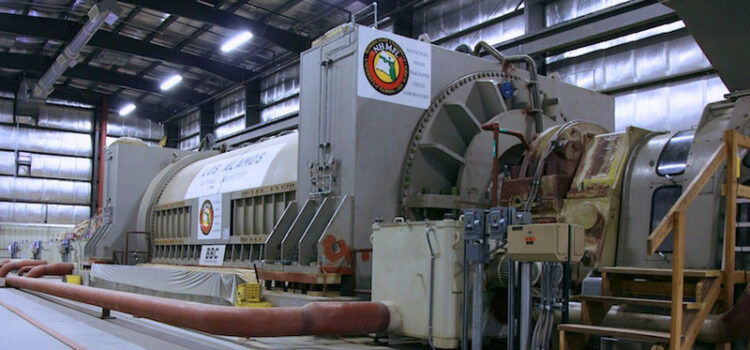
“World-leading electromagnets had previously consumed about 10 MW of power up to the 45 T mark. The MagLab has increased the record to 45 T using more than 30 MW.”
He said, “Since 1999, a number of magnet laboratories throughout the world have created the larger infrastructure that makes obtaining 45 T feasible, including the laboratory in Hefei, but also two facilities in Europe in Grenoble and Nijmegen.”
The hybrid magnet is more than 4,500 times stronger than a strong refrigerator magnet, with a field strength of roughly 100 Gauss or 0.01 T. At 0.00003 T, the Earth’s magnetic field is much weaker.
Though they aren’t as steady as the magnetic field produced by the hybrid SHMFF system, magnets are technically capable of producing even stronger magnetic fields. For instance, physicists at the MagLab in Florida claimed to have achieved a massive 100 T in 2012 using a multi-shot magnet, but the field only persisted for 15 milliseconds.
It is challenging to create and keep up ultra-high magnetic fields. In trials, extremely powerful magnets frequently blow up because the materials can frequently not sustain the forces generated. By only intermittently zapping the multi-shot magnet with electric current to create a strong magnetic field, physicists could prevent it from being destroyed.
Hybrid Magnets used to Develop World’s Largest Magnet

Hybrid magnets also have difficulty maintaining constant magnetic field strengths; to do so, they must be cooled with liquid helium and a continual stream of water. “The [SHMFF’s] magnet is made up of a 33.5 T resistive magnet nestled inside an 11.5 T superconducting outer magnet. This internal magnet is what uses all the electricity “Boebinger informed us, elaborating on the term “hybrid” in the process.
A hybrid magnet uses two distinct magnet technologies, so operating one requires a lot of special equipment, such as a 2,800-litre, more than 4,000 gallons of deionized water, and a liquid helium cryogenic system to chill the superconducting magnet to 1.8 Kelvin (about -271 degrees Celsius, -456 degrees Fahrenheit). To keep the resistive magnet from melting.
“33 megawatts of electrical power are concentrated in a tiny space presents one of the largest challenges because it generates strong forces that attempt to tear apart the magnet. As a result, these magnets must be made of unusual materials that are at least as durable as steel.

